
Together with the Štěpnický Pond, the Ulický Pond surrounds the UNESCO World Heritage Site of Telč. During a walk, visitors experience the steeples of the churches Kostel svatého Jakuba Staršího and Kostel Jména Ježíš reflecting in its water.
Browse through your travel destination!

Together with the Štěpnický Pond, the Ulický Pond surrounds the UNESCO World Heritage Site of Telč. During a walk, visitors experience the steeples of the churches Kostel svatého Jakuba Staršího and Kostel Jména Ježíš reflecting in its water.
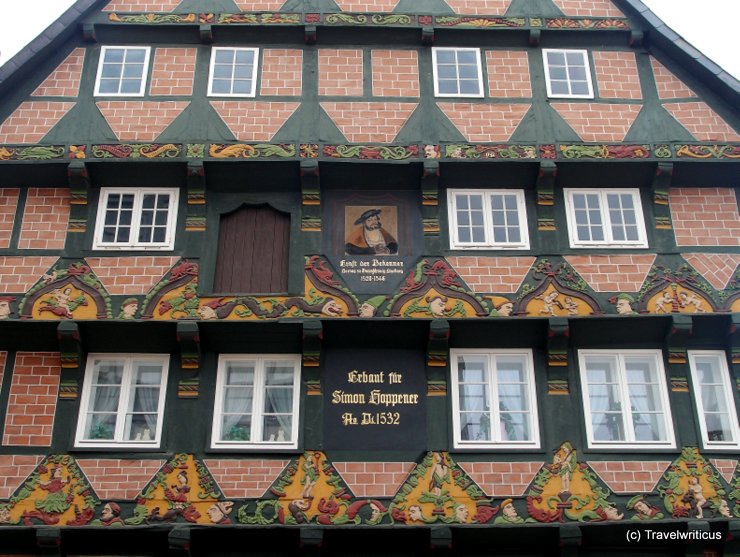
The Hoppener Haus (Hoppener House) saw its construction in 1532. Its name originates from the citizen Simon Hoppener. He worked as Amtschreiber (scribe) and Rentmeister (treasurer) for the Duchy of Brunswick-Lüneburg in 16th century.
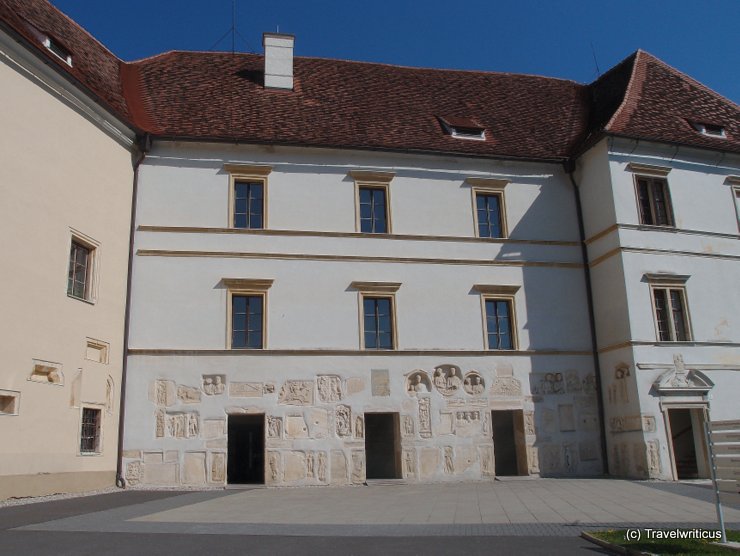
This wall of Seggau Castle (Schloss Seggau) near Leibnitz is a heaven for friends of Roman history. You find there an extensive lapidarium with ancient tombstones. More artefacts are shown at the Roman museum in Wagna nearby.
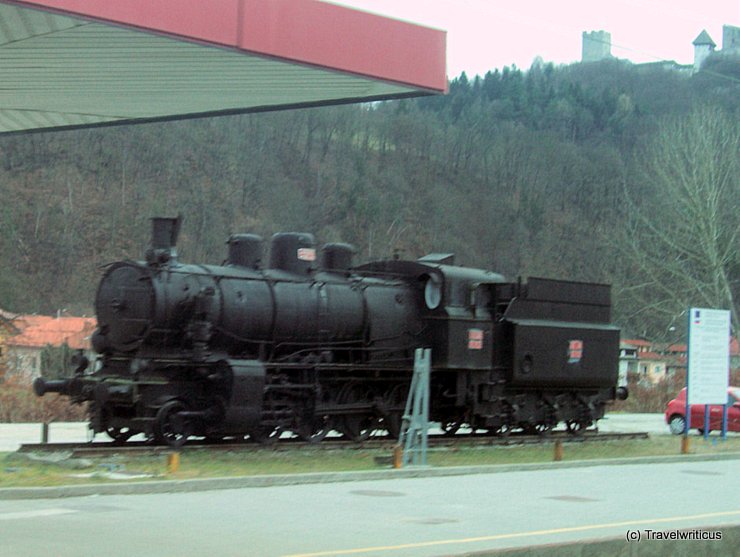
At Celje Railway Station, you’ll find this locomotive as an exhibit. The locomotive with the number JŽ 25-002 saw its construction in the Austrian city of Wiener Neustadt in 1922. In the background, you discover the medieval Celje Castle.

This tramcar of the class 70/1 saw its construction in 1971. The last time, it ran by the Naumburg Tramway (Naumburger Straßenbahn) in Saxony-Anhalt. Today, it stands in the company’s tram depot but is out of operation.

The Open Air Museum Gerersdorf near Güssing portrays the Pannonian way of living in the 18th and 19th centuries. In addition, its central building serves as a venue for art exhibitions on a regular base.

On my tour through the palace of Jindřichův Hradec, I came across this well. It looks like a piece from a fairy tale, doesn’t it? The castle is notable for a roundel, which is one of the principal works of the Bohemian Renaissance.

Montfort Castle (Schloss Montfort) is a lakeside palace next to Lake Constance (Bodensee). King William I of Württemberg commissioned this building in 1867. You’ll get this view while taking a boat from Lindau to Friedrichshafen.

The Reckturm is a tower dating back to the 13th century. Reckturm (reck = to rack) refers to its former use as a prison and place for torture. Today, it houses a small museum for weapons and torment.

Following the signs to the old entrance hall of Prague Central Station leads to a gem of Art Nouveau. The nearby Fantova kavárna (Fanta Café) reminds visitors of the architect of this hall: Josef Fanta (1856-1954).
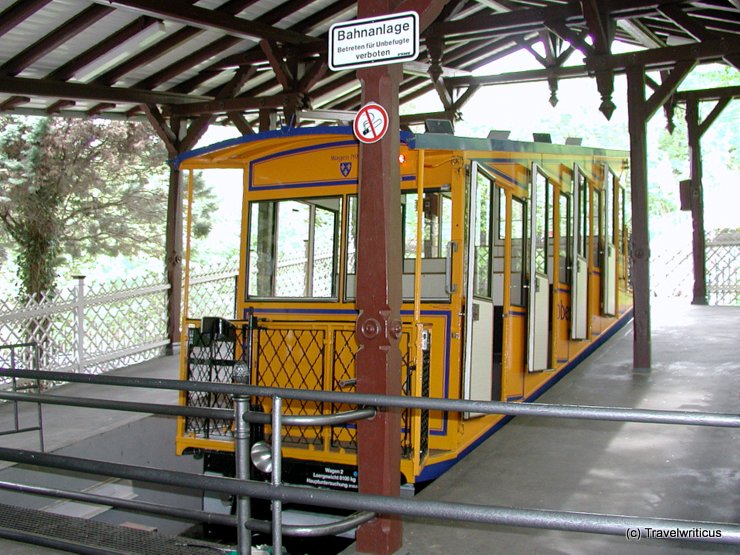
The Nerobergbahn saw its construction in 1888 as a funicular railway driven by water counterbalancing. The cars still operate with this technology. The funicular connects the Nerotal Valley with the Neroberg Hill, a lookout high over Wiesbaden.
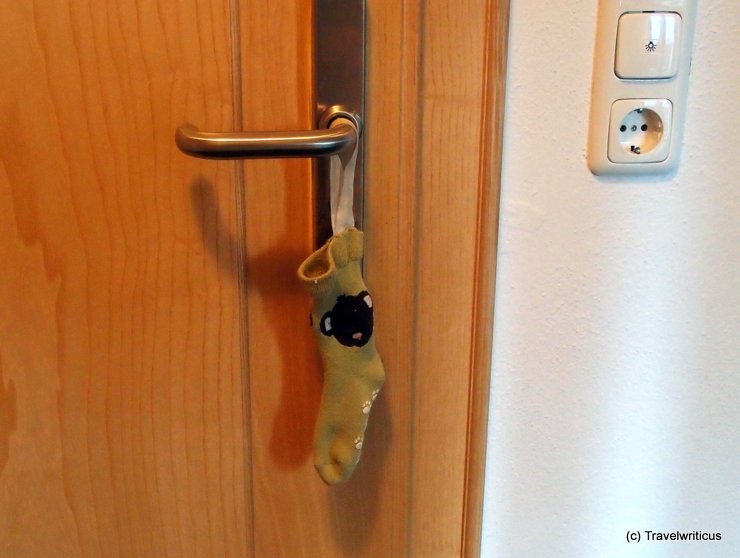
The Hotel Tauernstüberl in Zell am See used socks as “Do Not Disturb” signs for a long time. That’s a kind of pun. In German, “You are a lazy sock” means you are lazy. So, this lazy sock doesn’t want to be disturbed right now.